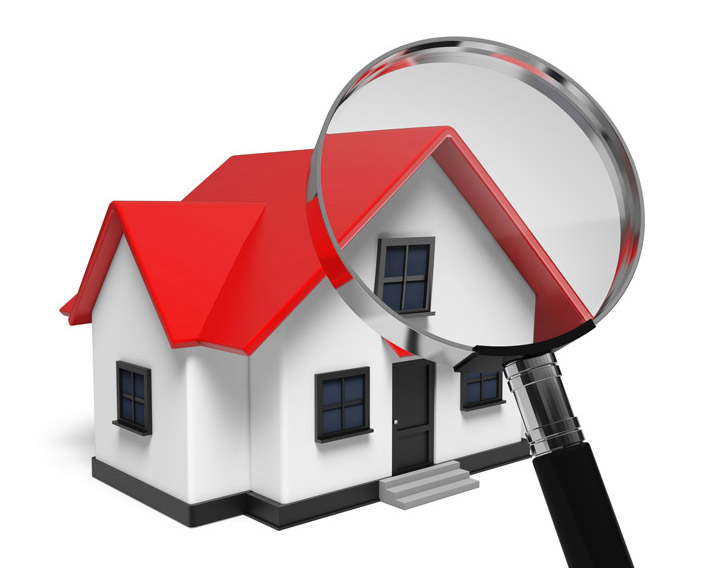
What Are the Components of an Appraisal?Acquiring a home can be the largest investment some may ever consider. It doesn't matter if a primary residence, a seasonal vacation home or a rental fixer upper, purchasing real property is an involved financial transaction that requires multiple people working in concert to see it through. Most of the participants are very familiar. The most known entity in the exchange is the real estate agent. Next, the bank provides the money needed to finance the exchange. And the title company sees to it that all aspects of the transaction are completed and that a clear title transfers to the buyer from the seller. So, who makes sure the value of the real estate is in line with the purchase price? In comes the appraiser. We provide an unbiased estimate of what a buyer could expect to pay — or a seller receive — for a parcel of real estate, where both buyer and seller are informed parties. A licensed, certified, professional appraiser from Anstaff Bank will ensure, you as an interested party, are informed. Appraisals begin with the home inspectionOur first responsibility at Anstaff Bank is to inspect the property to ascertain its true status. We must see aspects of the property hands on, such as the number of bedrooms and bathrooms, the location, amenities, etc., to ensure they really exist and are in the condition a typical person would expect them to be. To make sure the stated size of the property is accurate and document the layout of the house, the inspection often entails creating a sketch of the floorplan. Most importantly, we look for any obvious features - or defects - that would affect the value of the property. Following the inspection, an appraiser uses two or three approaches to determining the value of real property: paired sales analysis and, in the case of a rental property, an income approach. 
Replacement CostHere, the appraiser gathers information on local construction costs, labor rates and other elements to derive how much it would cost to replace the property being appraised. This figure commonly sets the upper limit on what a property would sell for. The cost approach is also the least used method. 
Analyzing Comparable SalesAppraisers become very familiar with the subdivisions in which they appraise. They innately understand the value of particular features to the residents of that area. Then, the appraiser researches recent sales in close proximity to the subject and finds properties which are 'comparable' to the subject being appraised. Using knowledge of the value of certain items such as fireplaces, room layout, appliance upgrades, additional bathrooms or bedrooms, or quality of construction, we adjust the comparable properties so that they are more accurately in line with the features of subject.
In the end, the appraiser reconciles the adjusted sales prices of all the comps and then derives an opinion of what the subject could sell for. When it comes to knowing the true worth of features of homes in Green Forest and Carroll, Anstaff Bank is your local authority. This approach to value is usually given the most importance when an appraisal is for a home sale. Valuation Using the Income ApproachIn the case of income producing properties - rental houses for example - the appraiser may use a third way of valuing a property. In this situation, the amount of revenue the property produces is taken into consideration along with income produced by similar properties to give an indicator of the current value. ReconciliationCombining information from all approaches, the appraiser is then ready to put down an estimated market value for the property in question. The estimate of value at the bottom of the appraisal report is not always the final sales price even though it is likely the best indication of what a property is worth. There are always mitigating factors such as the seller's desire to get out of the property, urgency or 'bidding wars' that may adjust an offer or listing price up or down. Regardless, the appraised value is typically used as a guideline for lenders who don't want to loan a buyer more money than they could get back in the event they had to put the property on the market again. At the end of the day, an appraiser from Anstaff Bank will guarantee you attain the most fair and balanced property value, so you can make the most informed real estate decisions. |